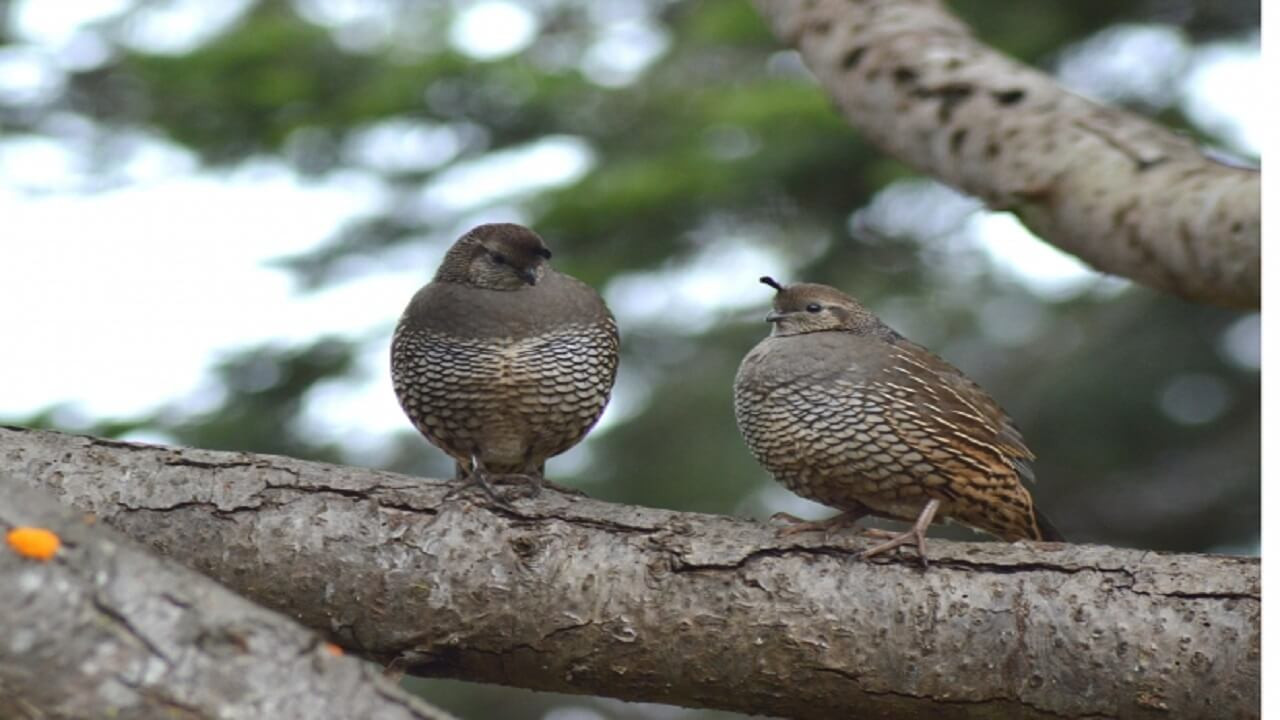
Japanese Quail Farming
April 9, 2023, 2:27 pm
There is a growing interest in japanese quail farming. Quail meat is very tasty and the eggs are medicinal.
Japanese Quail Farming
The Japanese quail (conturnix japonica) is popular. They are hardier and can be raised in small cages.
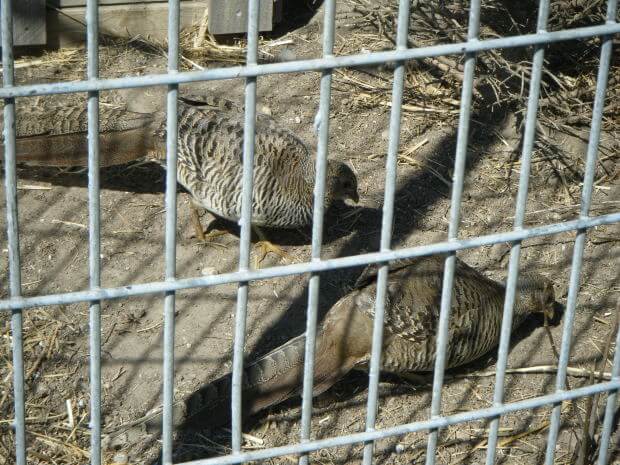
Characteristics of Japanese Quail
The following are the features of Japanese quail:
Average body weight at day old: 6—7g
Average weight of egg: 9—10g
Life expectancy: 2—2.5years
Age at maturity: 8 weeks
Average egg production/year: 260 eggs
Body weight of adult: 140g
How to identify Male and Female Japanese Quails
Females possess light feathers at upper breast.
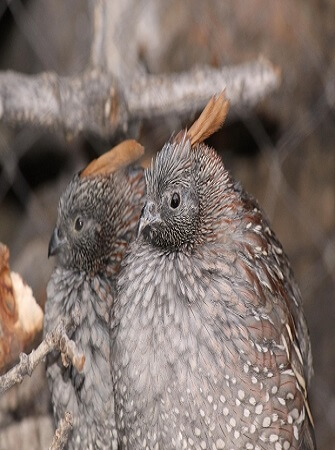
Males have rusty brown chest; they have cloaca gland on the upper edge of vent that secrete a white foamy material.
Management practices of poultry can apply to quails. Quails are however inexpensive to rear, they need less feed, and the flesh has low cholesterol when compared to chicken. The quail egg is about one-fifth the size of a chicken egg.

A cage of 16cm2 floor space can house two quails. They hide their eggs in litters. Collect eggs twice daily and do not agitate eggs and do not crush them. Storage egg temperature is about 17°C and stored with air space up for less than 7 days. Incubation is 16—18 days. Rearing is similar to that of chickens.
Importance of Japanese Quail Farming
Again, quail meat is palatable. The Chinese medical practitioners have used quail eggs for thousands of years to successfully combat allergies such as asthma, hay fever, spasmodic cough and skin conditions such as eczema and psoriasis. It is also used to treat human infertility.
The egg enhances brain development and stimulates immunity. It enhances the working of the nervous system. Eggs are especially useful for children to enhance development, both physically and mentally. It is claimed that a child who eats two quail eggs a day has a better memory, a strong nervous system, sharp vision and is better developed and less sickly.

The list of diseases that can be cured (or alleviated), using quail eggs are quite wide and are recognized worldwide.
Housing for Quails
The system of housing depends much on the type and scale of the quail enterprise. Deep litter system can be used but should be inside closed houses with wire mesh of 1.25cm surrounding both sides of the house for well ventilation or in a room. A floor space of about 2mx2m can house 150—180 quails, a 10x30x30cm (LXBXH) galvanized floor feeder can be provided to avoid drowning in water troughs.
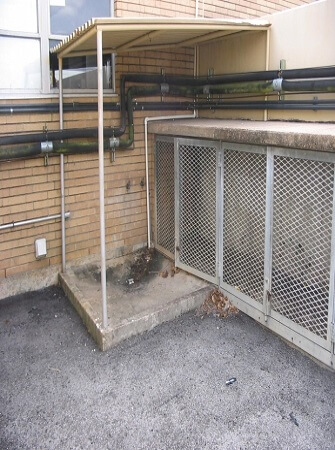
For breeding purposes, male quails can be introduced in the cages in the ratio of 1 male to 3 females with floor space of about 18cm x 18cm. Feeding chick mash and layer mash can be used for quails.
Provide about 14 hours of light for optimum laying. Collect eggs twice a day, nesting boxes should be provided.
Fertilized quail eggs would need an incubator to hatch the eggs or broody chicken hens although some quail hens can sit on their eggs in nest box. Diseases are rare in quails as they are hardier than chickens. Quail house must be well protected against predators such as snakes, rats and cats.
Quail birds can be processed and packaged as frozen quail meat. Eggs can be sold to consumers. Raising quail is an inexpensive venture and a good option against poverty.
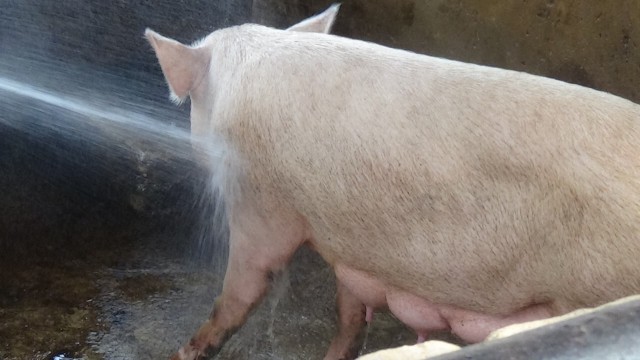


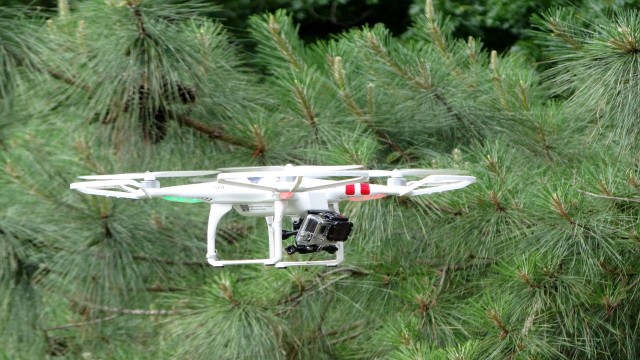

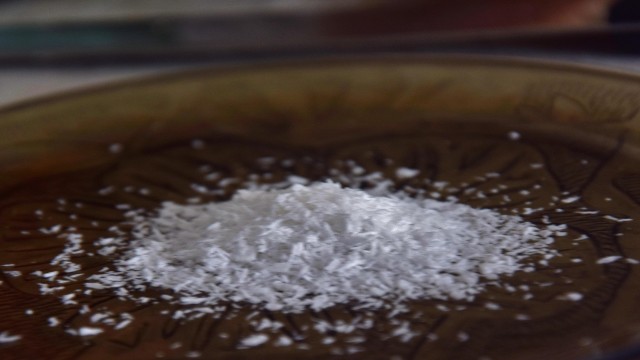
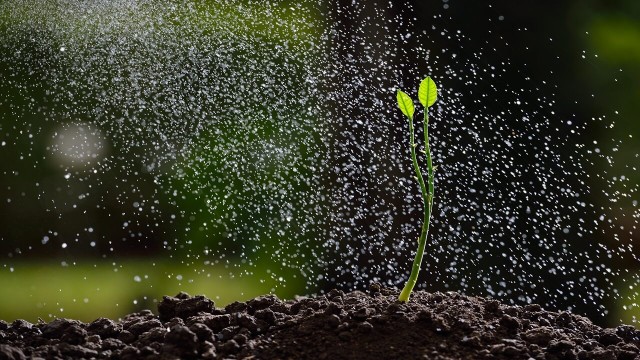
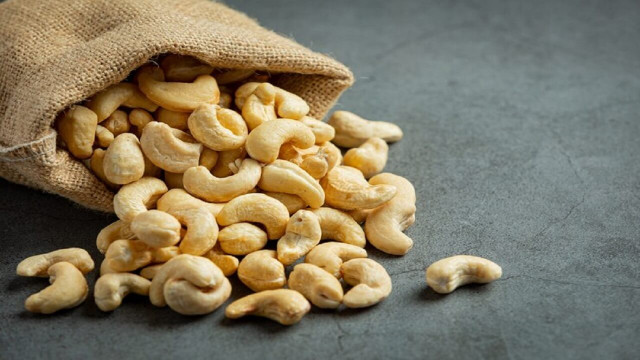


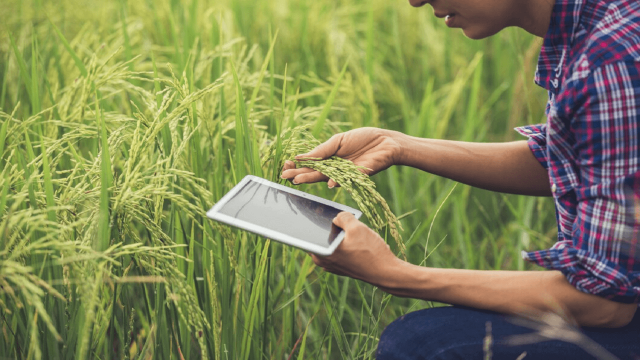
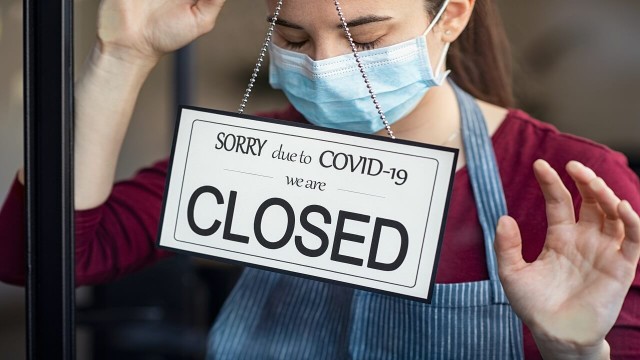
Share This Article: